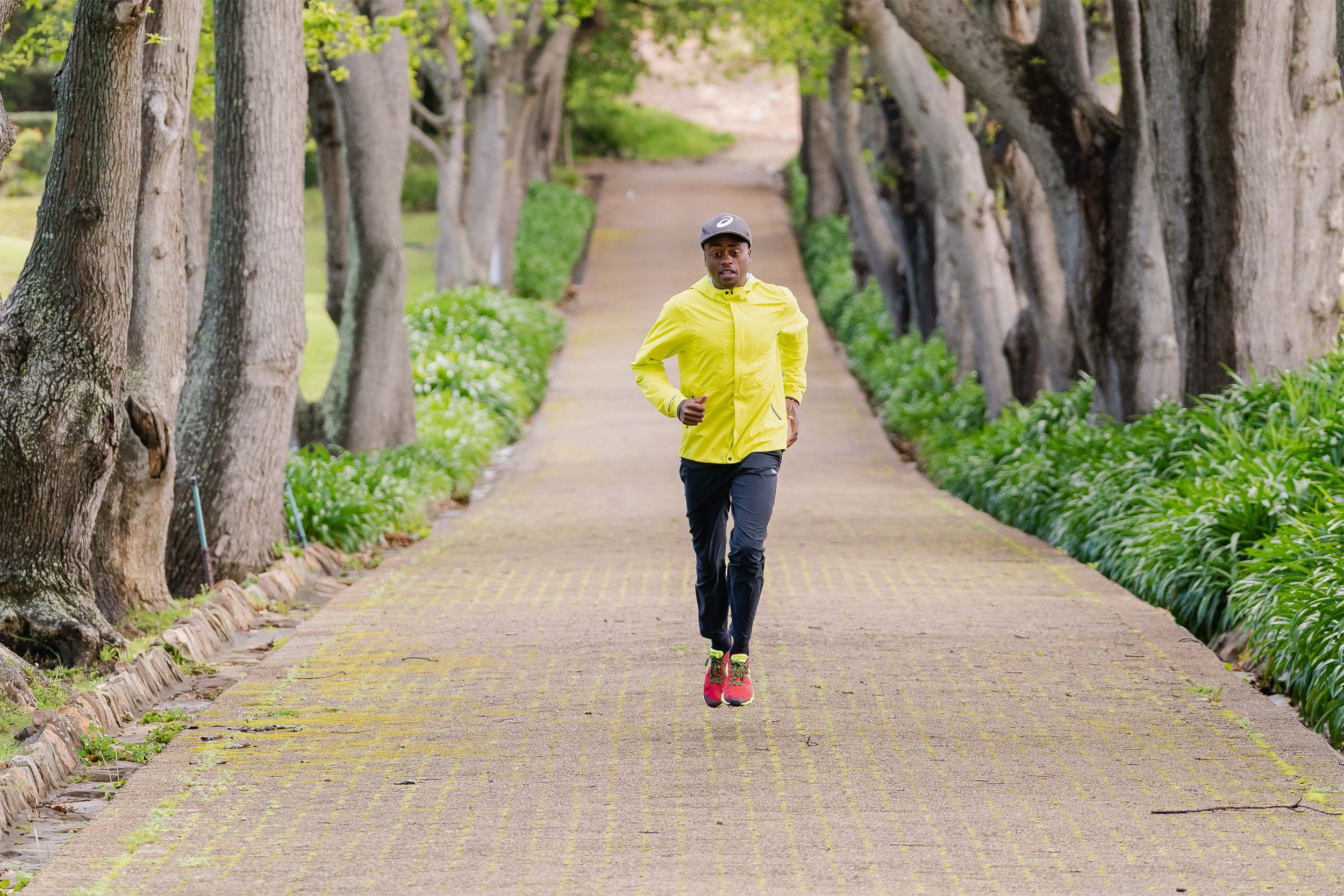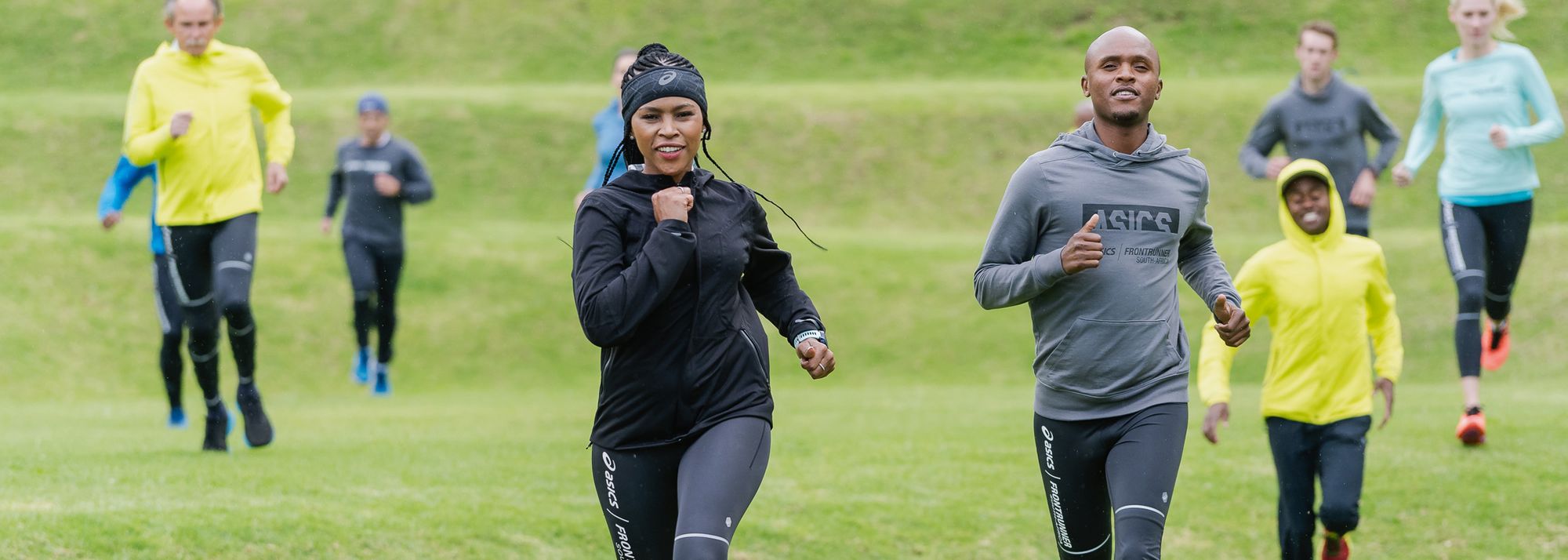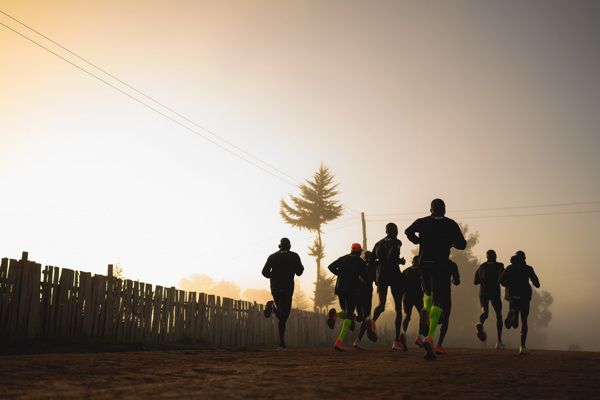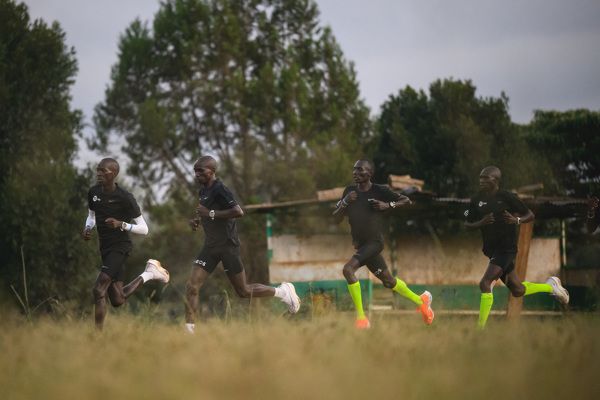Runners training (© Asics)
Participants across the sport of athletics will benefit in varying degrees to some form of aerobic fitness, with the importance dependent on what type of events they do. Learning how to increase aerobic fitness in a sustainable manner could be essential for taking your next step in the sport.
In this guide we will provide an introduction to improving aerobic fitness and some tips on pitfalls to avoid.
What is aerobic fitness and how does it differ from anaerobic fitness?
In simple terms, aerobic activities are those where the body is able to get enough oxygen into the muscles, meaning people can perform them for an extended period of time.
Aerobic fitness is how well your body is able to transfer oxygen throughout the body and therefore how well (or fast) you can go before you start to use more oxygen than your body is able to deliver.
This is opposed to anaerobic activities where the body cannot get enough oxygen to the muscles to enable them to perform. When doing high-power explosive activities such as sprinting, jumping or throwing, your body is forced to use anaerobic respiration to deliver the amount of energy required to perform that activity.
Anaerobic respiration uses stored energy in your body, such as glucose, to transfer energy to your muscles but in doing so produces the by-product lactic acid. This lactic acid stops you from doing the activity indefinitely.
When you slow down or stop the oxygen your body transfers to the muscles through your breathing, it reacts with the lactic acid to create carbon dioxide and water. Much of this you will breathe out and the lactic sensation will start to fade.

What events require good aerobic fitness?
All events can benefit from an increase in aerobic fitness for the simple reason that an improved aerobic system allows you to recover from high-intensity activities quicker. This is because your body is better able to transfer oxygen to your muscles to react with the lactic acid.
That said, there are some events where you use your aerobic system much more. A 2003 study by Rob Duffield and Brian Dawson estimated that an athlete in a 100m race uses their aerobic system for between 20 and 25% of their energy needs. This compares with a 3000m race where athletes receive 86-94% of their energy from the aerobic system [ref].
Generally speaking, the longer and slower you go, the more likely you are to be using the aerobic system as opposed to the anaerobic system.
How to improve your aerobic fitness
Improving aerobic fitness is all about training your body to become more efficient in transporting oxygen with improving the function of your heart a key component.
A common way of doing this is to do low-intensity activities. These are activities where your heart rate doesn’t exceed approximately 70% of its maximum.
One way of doing this is running at a pace that could be described as easy. How quick that is will depend on the individual but it is important to ensure that it feels comfortable. This will prove a very important part of all endurance runners’ training, and running at this speed may constitute up to 80% of their weekly distance.
Alternatives to running
That said, increasing the amount of running you do does come with potential dangers. Your body will take time to adjust to the increases in distance, with big increases in volume often leading to joint and muscle injuries.
For this reason, many coaches recommend that the weekly distance you run does not increase more than 10% week on week.
But it is important to realise there are other ways of increasing your aerobic fitness besides just running, with many of these less impactful on your legs, knees, and feet.
Many athletes choose to incorporate low-intensity swimming and cycling into their routine as a low-impact alternative.
Other options include using an elliptical machine in the gym, sometimes referred to as a cross trainer, or even walking. All can serve their purpose and will be appropriate for different people at different stages of their fitness journey.

Dangers to avoid
Choosing low-impact alternatives does not mean you can exercise limitlessly and it is important that a focus on recovery is maintained.
This means ensuring you maintain a healthy diet and your body gets the sleep it needs. Listening to your body will be the most important step for the simple reason that it is hard to build fitness when you are injured. When muscles start to hurt, rest and seek the advice of a medical professional.
When you need to rest and recover, give your body what it requires. Doing so will be key to a sustainable and happy future in the sport.
George Mallett for World Athletics Be Active








